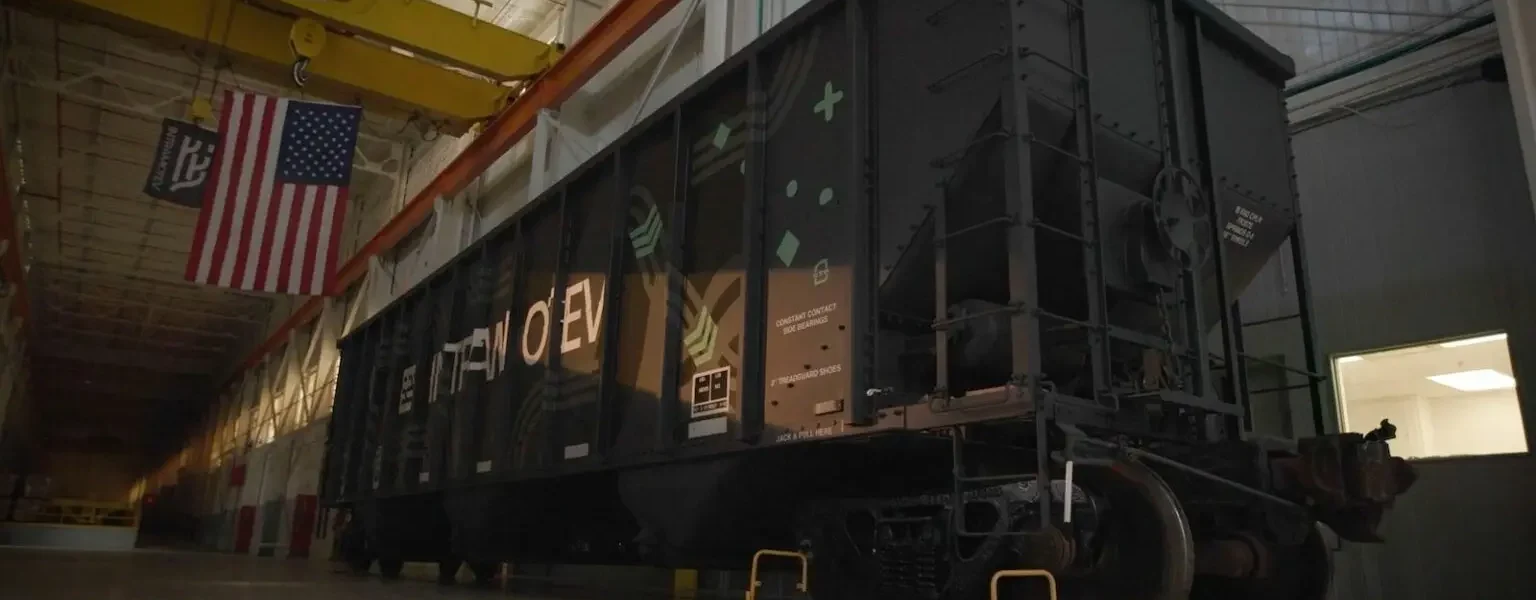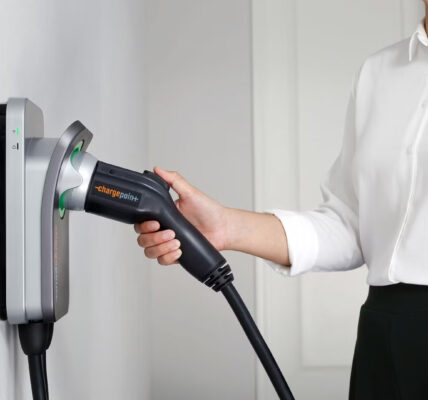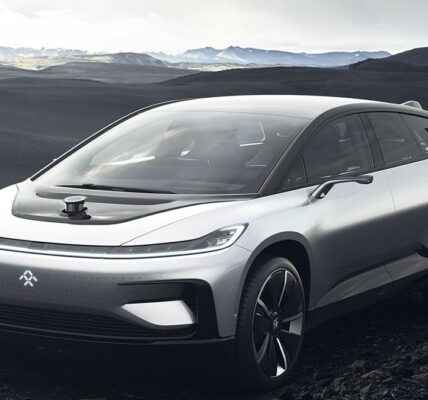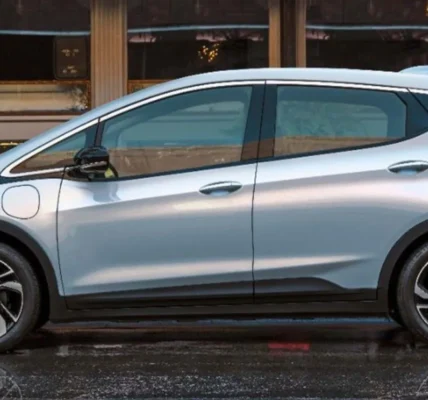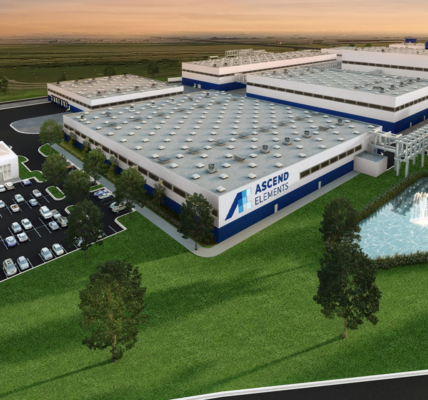Electric trains are commonplace in commuter rail systems, but they have yet to make an impact on the freight shipping business. That is beginning to change. The latest development on the rail electrification front involves the St. Louis, Missouri, company Intramotev, which aims to push diesel fuel out of the locomotive picture with a fleet of battery-electric autonomous rail cars.
Most freight trains in the US are already halfway to electrification. They deploy an electric drive that runs off a diesel generator. Diesel-electric locomotives first appeared in the 1920s and soon gained currency as a labor-saving, cost-cutting technology improvement over steam-driven trains.
In contrast to multiple crews required for each steam locomotive, diesel-electric trains can be crewed from a single locomotive coupled together with another one, or more.
Diesel-electric trains are an improvement over their steam-driven ancestors, but there is always room for more improvement. A 2021 study in the journal Nature Energy describes the current state of affairs.
“Nearly all US locomotives are propelled by diesel-electric drives, which emit 35 million tonnes of CO2 and produce air pollution causing about 1,000 premature deaths annually, accounting for approximately US$6.5 billion in annual health damage costs,” the authors point out.


